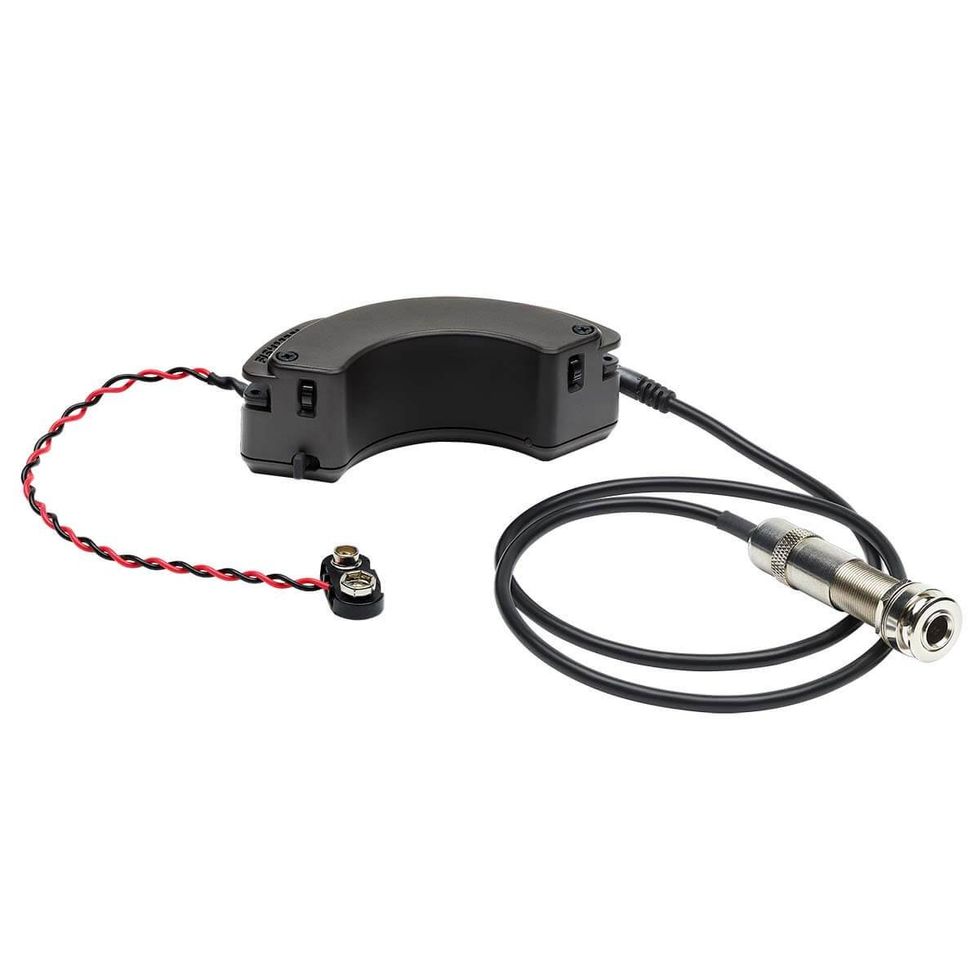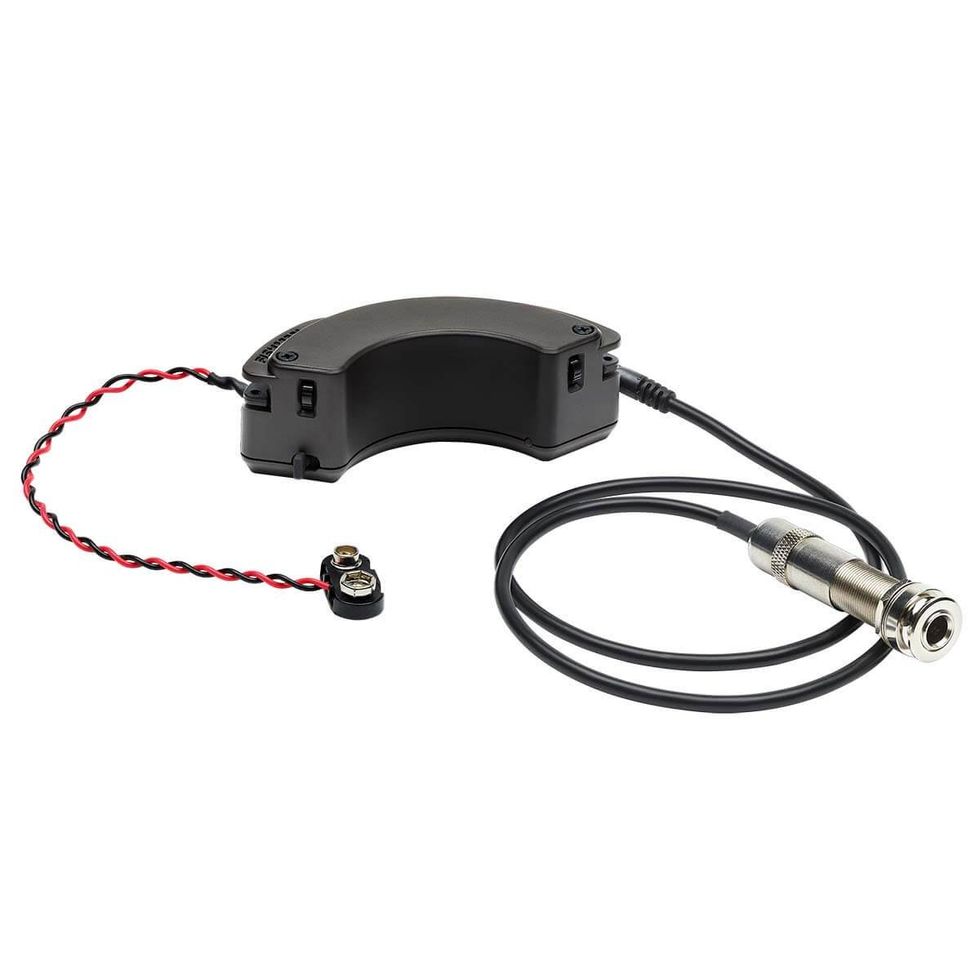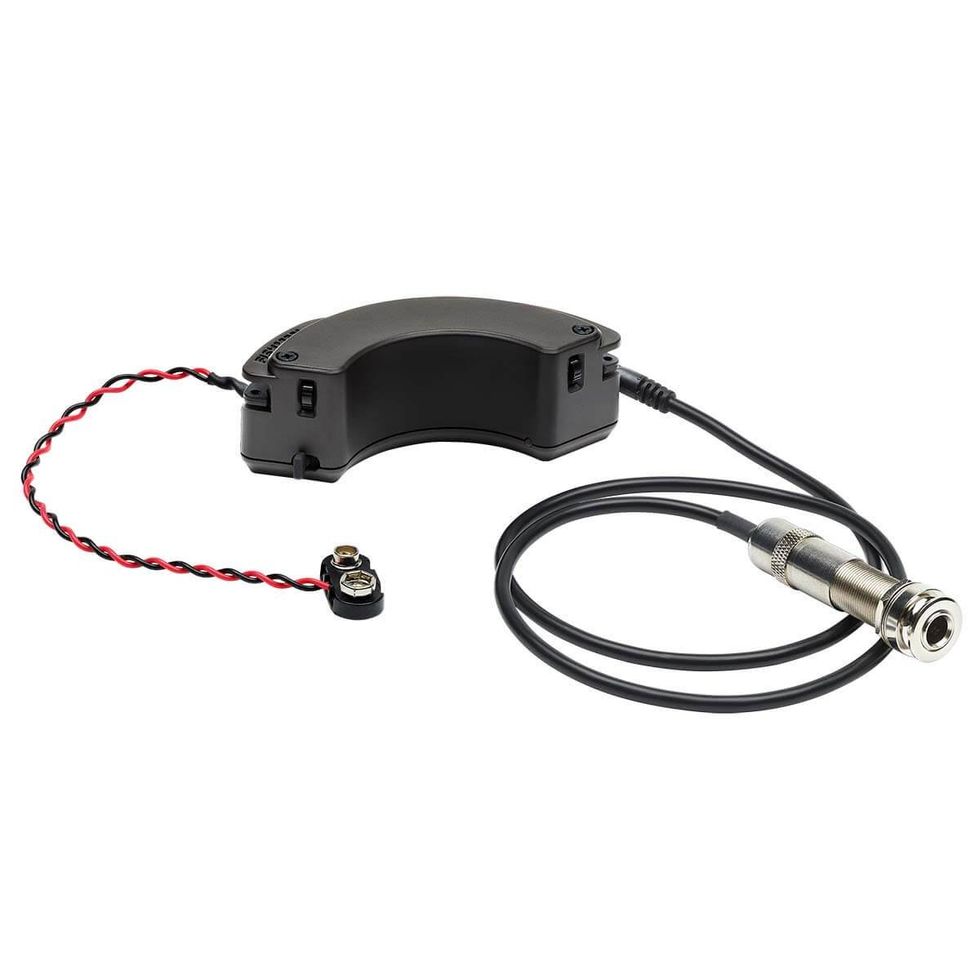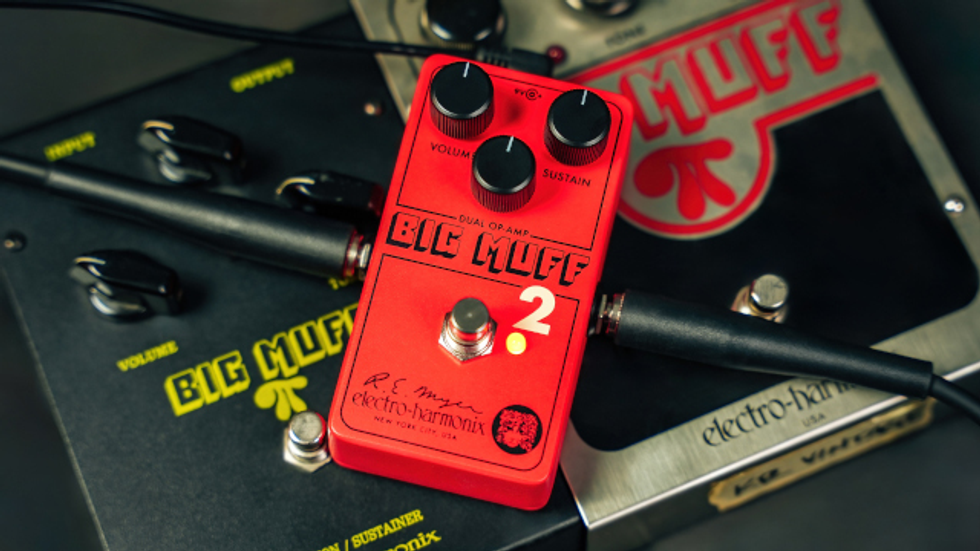At a certain time in a guitarist’s experiences, he or she will invariably discover that there are many “flavors” to be found in the numerous brands and models of guitars available today. Each instrument type and model will have its own characteristics that will make you adapt to it and learn how to “play” it.
I’d like to use some of my own experiences to further illustrate some interesting points. My very first decent electric guitar was a classic blonde Fender Telecaster, which featured a maple neck with a matching maple fingerboard “cap” as the playing surface. One of the first things you’ll notice when playing any Fender guitar with this particular neck type is that the fingerboard itself has lacquer shot on top of it. This neck type feels totally different than its maple neck/rosewood fingerboard counterpart. In addition, the (smaller) stock Fender frets found on a Telecaster will affect your playing experience, as will the fingerboard’s 7 1/4” radius and the guitar’s 25 1/2” scale length. You have a minimum of three things that you must adapt to on a Fender instrument in order to play it easily – and this isn’t even taking into account the unique tones a specific guitar will make.
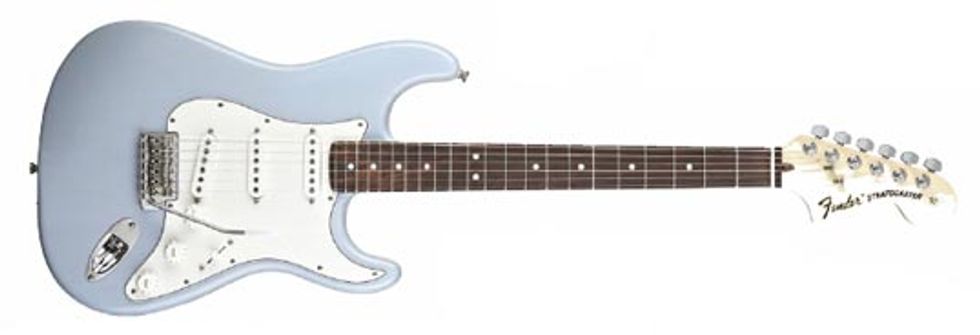 | |
|
But why is all of this adjustment necessary in the first place? When the Telecaster is directly compared to a flatter 12” radius rosewood fingerboard Gibson Les Paul with stock medium height/width jumbo frets, you’ll likely see a marked difference in your ability to play quickly or bend strings on the Fender as a result. You’ll have to adjust the Fender’s action in a different way than a Les Paul (or any other type of guitar) might require, which is directly related to the fingerboard radius, the frets used and the guitar’s actual scale length. While most Gibsons have a 24 1/2” scale length, some models are longer or shorter.
So what changes when you pick up another type of guitar? A lot! You’ll have to slowly get used to this foreign territory just like you have to readjust when you’re visiting another country. When I returned to playing Fender guitars after a lengthy period of playing only Gibson instruments, I ran into the same issues we’re discussing here. In fact, the maple fingerboard was the hardest thing to return to. At first I just thought that going from a 10-46 gauged set (like what I used on my rosewood-board Strat) to a lighter 9-42 set would solve the problem. Right? Wrong.
I soon found out that the 9-42 set was too floppy and because of this issue I had a hard time controlling them on the maple fingerboard Telecaster. As you might imagine, I was a bit frustrated by this problem – I simply wanted to play the Telecaster without trouble. However, I had to discover what was behind it all to accomplish that exact task.
That being said, the way to the solution was partially right, just not completely right. It is appropriate to note that once you start playing multiple instruments, you’ll start changing your technique to reap the most benefit from each one. You become very chameleon-like. The final path to Telecaster freedom came from taking some quality time to figure out how to compensate for the differences between the instruments in my collection, and then optimizing these differences to the point where my hands were not as aware of them as they were before. I wanted to be able to go from one Fender model (i.e., my main Stratocaster with huge 6110 frets and a rosewood fingerboard) to another Stratocaster with the same neck type as my Telecaster without much thought at all.
It takes a lot of careful comparison to do this right; in this particular instance, I found that the maple fingerboard felt stiff and when any sweat got on the finish the board would start to feel sticky. The frets also felt non-existent (compared to the giant frets on the other Strats I have), severely affecting my performance. The first key for me was to force myself to play the maple board Fenders lighter than I had played them before, using far less fretting pressure than I did on other instruments.
The second critical key was to readjust the string gauges to approximate the “feel” and control that the other instruments in my stash had by comparison. This meant trying out some custom sets (one string at a time, no less) until they felt right and were as comfortable as an old pair of jeans. I was eventually able to find that sweet spot where I could switch between two guitars (or more) and play any of them with seemingly no effort at all.
Needless to say, this is a great place to be and it gives you a range of tonal options. Usually with heavier, lacquered maple fingerboards you can go just slightly lighter on the high plain strings to get the exact feel you want. If you’re reading this and you need help finding the perfect set of strings for use with your guitar and technique, please feel free to drop me a line. You would not believe what I’ve found works well in the strangest of situations. See you next time.
Dean Farley
Dean Farley is the chief designer of "Snake Oil Brand Strings" (www.sobstrings.net) and has had a profound influence on the trends in the strings of today








![Rig Rundown: Russian Circles’ Mike Sullivan [2025]](https://www.premierguitar.com/media-library/youtube.jpg?id=62303631&width=1245&height=700&quality=70&coordinates=0%2C0%2C0%2C0)





